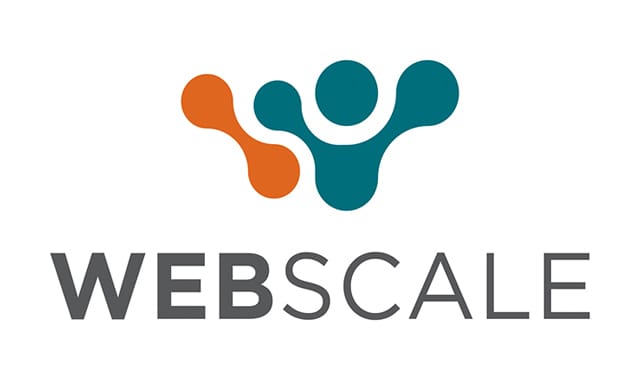
5 Key Reasons to Integrate Your ERP With Your B2B eCommerce Platform

Regardless of your business’ market niche, software integration is inevitably one of the major drivers of efficiency. This is why for many companies, including those in the eCommerce space, Enterprise Resource Planning (ERP) software suites have quickly become a standard tool for managing a business.
However, many existing ERP solutions function separately from some of the most common eCommerce systems, leaving the purchasing process outside of an otherwise tightly integrated network of software.
This article takes a look at five key reasons why it may be worth the financial investment and IT effort to integrate your ERP with your eCommerce platform—but first, we’ll hit the brakes and get into the basics of ERP for the uninitiated.
What Is ERP?
ERP—a shorthand for Business Process Management Software—is a system of fully integrated software for managing most or all aspects of a business. Rather than having many entirely isolated databases, trackers, and tools, a functional ERP seeks to share data across each aspect of a business in real-time. All aspects of a business can utilize an ERP: sales can access data from project planning, marketing can look at sales results immediately, and development can check on manufacturing to target inefficiencies—all from the same interwoven ERP solution.
While this may sound great, many eCommerce platforms are often built in isolation from this internal system, in part because they are customer facing. From a continuity and simplicity standpoint, this is a major missed opportunity. Let’s take a further look at several major reasons why efficiency for any business doing heavy online sales means integrating ERP with eCommerce platforms:
Organizational Readiness
Rolling your eCommerce platform into the fold of your ERP creates a major opportunity for organizational readiness. With eCommerce data available at a glance for all departments, each sales teams can react to changes in customer behavior—fast.
Why get caught flat-footed? Integration between ERP and eCommerce keeps everyone on the same page, even during periods where market circumstances are changing fast.
Full Access to Important eCommerce Data From Anywhere In the World
B2B eCommerce differs from consumer-facing sales in a major way: it requires hands-on attention between your business and prospective clients. These are inevitably niche products and services, that often require ongoing support. So empowering sales representatives and troubleshooting staff with data at all times and places is an incredible tool to leverage. If a customer has an issue that inevitably ends up interwoven with the eCommerce side, having support staff have the answers to their questions straight from their mobile device even while attending to a customer in person is crucial.
Accounting Stays Consistent
Accounting is rarely a one-size-fits-all process, even while working within the same market niche. Fully integrating ERP with eCommerce simplifies the process and gets it much closer to a level of true standardization. Full integration results in fewer mistakes, faster results, and much less time spent on manual data entry.
Simplified Processes
One of the stranger things about doing business in the digital era is how complex all of these systems often are. Before ERP systems became prominent, employees spent massive amounts of time training on multiple software suites, and yet more time dealing with bugs and mistakes between these isolated systems. Integrating your eCommerce platform with your ERP suite cuts down on yet another source of this type of problem. Your business will spend less time on training and more time focusing on some of the more important tasks at hand.
Making Your IT’s Job Easier
Not only does integrating ERP and eCommerce platforms cut down on the various patchwork solutions IT normally has to come up with to connect databases, but it also centralizes security.
IT no longer has to monitor multiple separate systems, instead having firewalls and other security measures in place across the entire integrated system. Less total working hours are required, and a single security pass gives a boost to every aspect of your business.
These points are just the beginning of how integrating eCommerce platforms with ERP can streamline the hard work that props up a top-tier B2B company. Interested in learning more? Don’t hesitate to contact us at InteractOne today.










